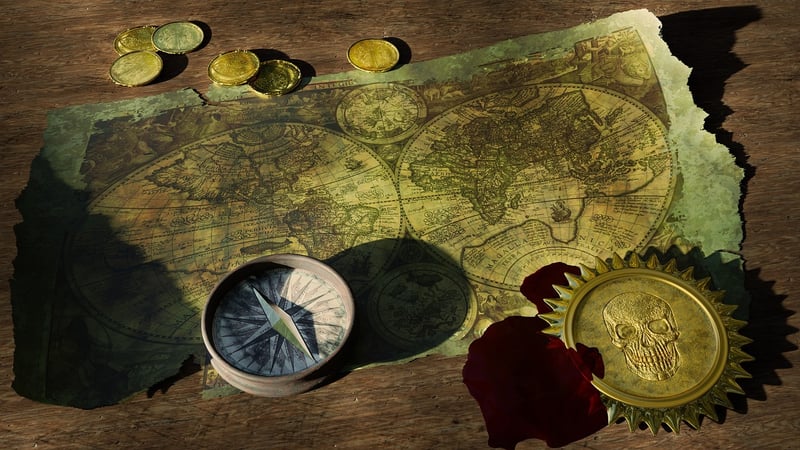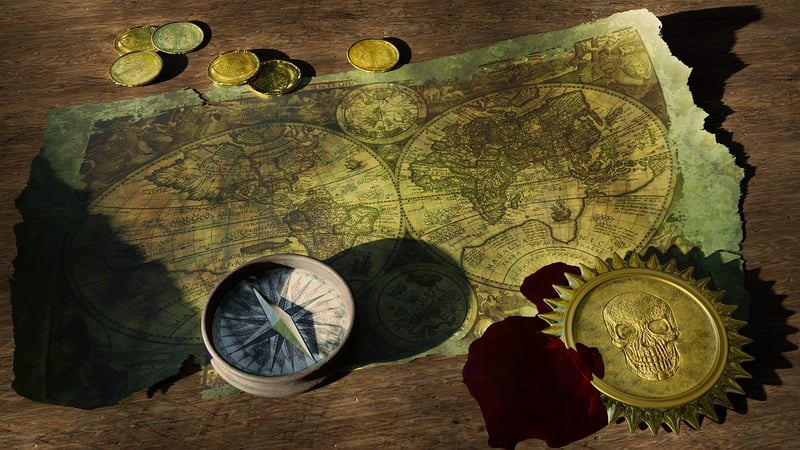Temporal Maps
#Research
#Information
#Resources
Enhance your Knowledge with Temporal Maps
Temporal maps are powerful tools that help individuals visualize and understand sequences of events over time. By representing events in a chronological order, temporal maps provide a clear and structured way to grasp historical timelines, project plans, or any sequence of activities.
Benefits of Temporal Maps:
- Facilitate better understanding of historical events
- Aid in project planning and management
- Enhance memory retention through visual representation
- Identify patterns and trends over time
- Improve organization and structure of information
Types of Temporal Maps:
There are several types of temporal maps, each suited for different purposes:
- Timeline Charts: Linear representations of events in chronological order.
- Gantt Charts: Bar charts used for project scheduling and management.
- Sequence Diagrams: Visual representations of interactions in a specific sequence.
How to Create a Temporal Map:
- Identify the sequence of events or activities to be mapped.
- Choose the type of temporal map that best suits your needs.
- Use software tools like Microsoft Excel, Google Sheets, or specialized timeline software to create your map.
- Add event descriptions, dates, and any relevant details to the map.
- Review and refine your temporal map to ensure clarity and accuracy.
Example of a Temporal Map:

By incorporating temporal maps into your learning or project management processes, you can enhance your understanding, improve organization, and visualize complex sequences effectively.
Start creating your temporal maps today and unlock the power of visualizing time!
For more information on temporal maps, visit Wikipedia's Timeline page.
